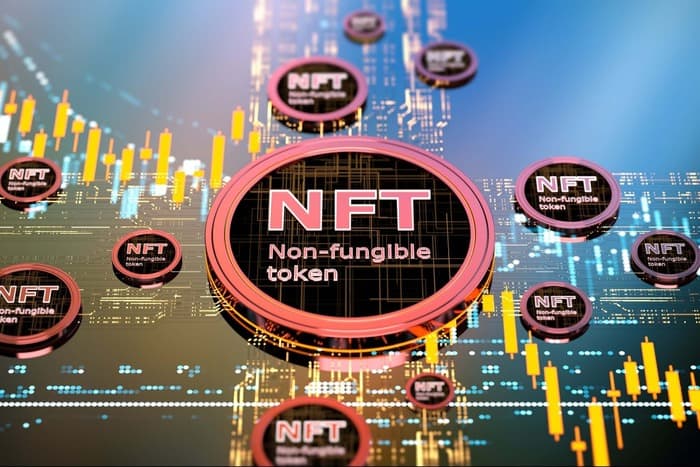Digital Collectibles And Art Take Center Stage The Rising Prominence Of Nfts
In a world where technology and art collide, a new phenomenon has emerged, captivating the attention of collectors, investors, and enthusiasts alike. Unique digital collectibles and art have taken center stage, with Non-Fungible Tokens (NFTs) leading the charge. These innovative digital assets have not only redefined the way we perceive art but have also opened up new avenues for creators to showcase their work and connect with their audience.

- The Role Of Blockchain In Automating Business Contracts
- Democratizing Decision Making: Unlocking The Power Of Blockchain For Secure Voting And Governance
- What Are Cross Chain Bridges And How Do They Work
- The Rise Of Borderless Commerce: How Cryptocurrency Is Revolutionizing Cross-Border Trade
- Building A Secure Foundation In Crypto Investing: Why It’s Essential For Success
Imagine owning a one-of-a-kind, digitally-created artwork that can be verified and proven to be authentic through blockchain technology. This is precisely what NFTs offer – a way to turn digital art into unique, ownable, and tradable assets. The concept may seem revolutionary, but it’s an idea whose time has come. As our lives become increasingly digital, it’s only natural that our appreciation and consumption of art evolve to reflect this shift.
The art world has always been synonymous with exclusivity and scarcity. NFTs have cleverly tapped into this psyche, offering a sense of ownership and possession that was previously impossible in the digital realm. Artists, designers, and musicians are now creating exclusive, limited-edition digital art pieces that are being snapped up by collectors and investors eager to own a piece of history. These unique digital collectibles are not only a testament to human creativity but also a symbol of the times we live in.
One of the most significant advantages of NFTs is their ability to empower artists and creators. By providing a platform for them to showcase and sell their work directly to their audience, NFTs have democratized the art world. No longer do artists need to rely on traditional galleries or intermediaries to get their work seen. With NFTs, they can connect directly with their fans, share their creative process, and build a community around their art.
The impact of NFTs goes beyond the art world, however. They have also opened up new revenue streams for creators, allowing them to monetize their digital assets in ways previously unimaginable. Musicians, for instance, can create exclusive digital content, such as 3D music experiences or generative audio art, and sell them as NFTs to their fans. The possibilities are endless, and the opportunities for innovation are vast.
Of course, as with any emerging market, there are concerns about the value and long-term sustainability of NFTs. Skeptics argue that the current hype surrounding NFTs is just that – hype – and that the market will eventually correct itself. While these concerns are valid, it’s impossible to ignore the fundamental shift that NFTs represent. They have single-handedly created a new asset class, one that is unique, scarce, and – above all – digital.
As the world grapples with the implications of NFTs, one thing is certain: unique digital collectibles and art have taken center stage, and they’re here to stay. Whether you’re an art enthusiast, a collector, or simply someone fascinated by the intersection of technology and creativity, NFTs offer a glimpse into a future where art, ownership, and community intersect in ways we never thought possible.
